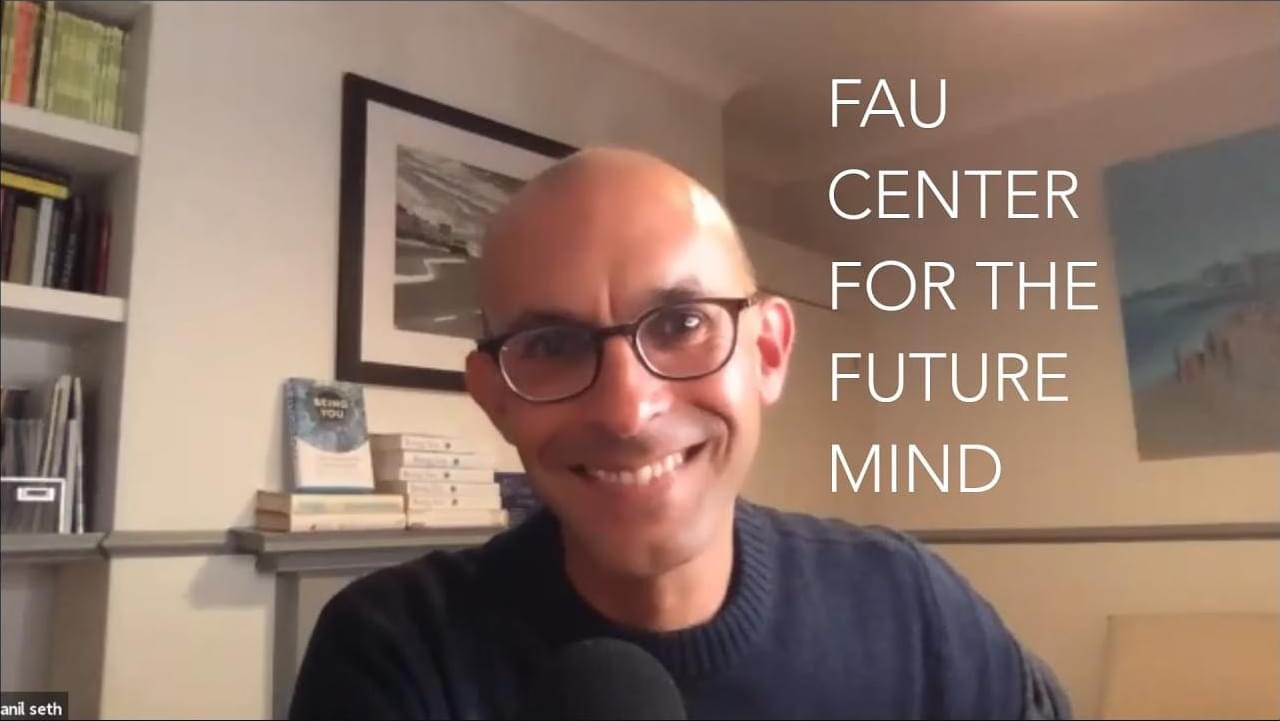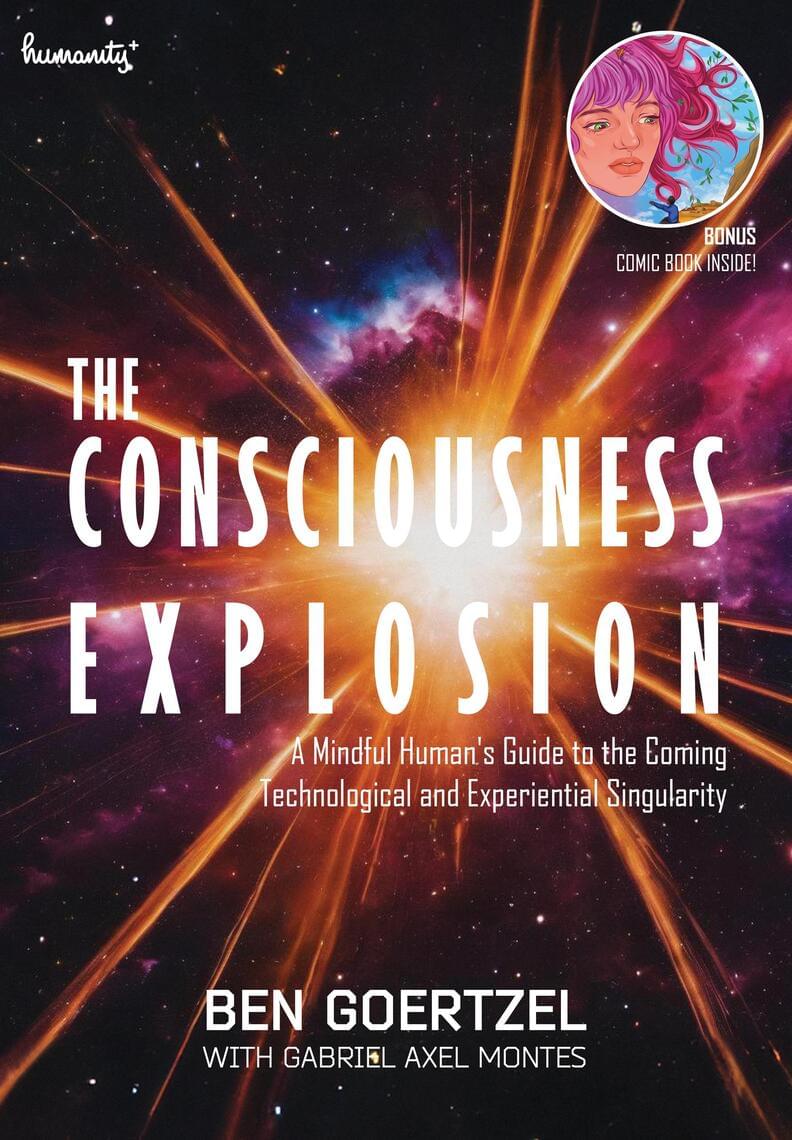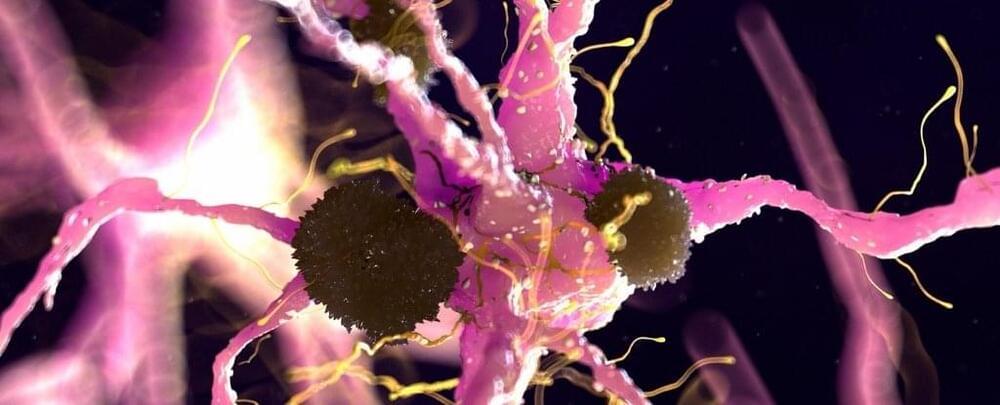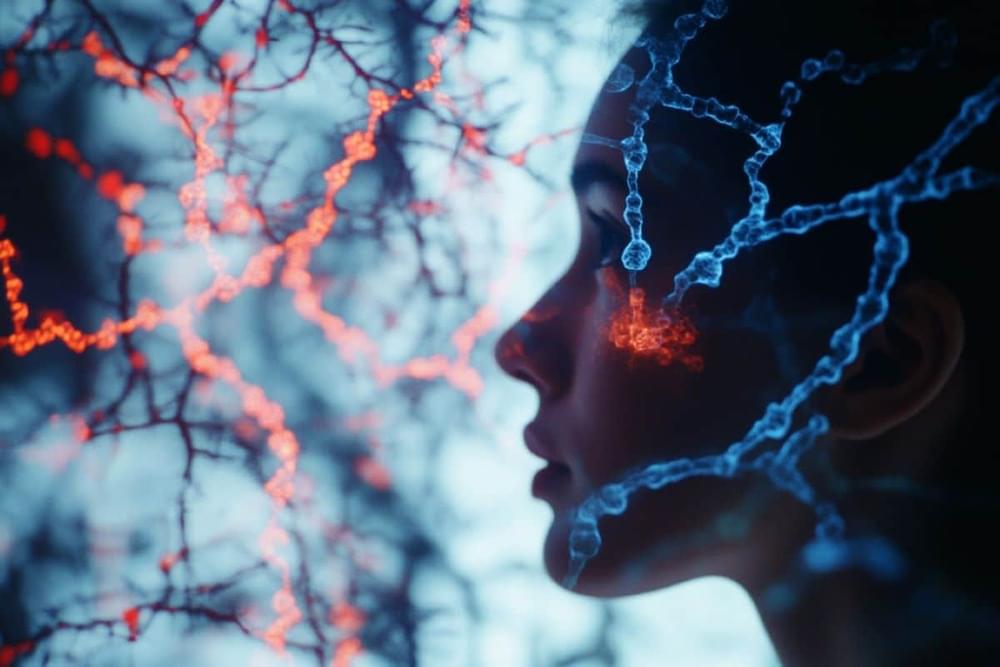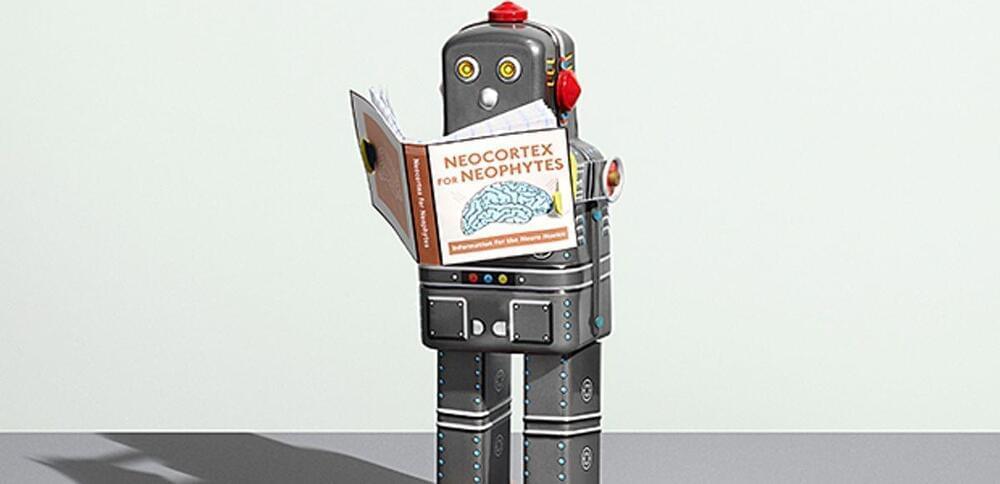Oct 10, 2024
Anil Seth’s “Being You? A New Science of Consciousness”
Posted by Dan Breeden in categories: neuroscience, science
Anil Seth, Neuroscientist, Author, and Public Speaker who has pioneered research into the brain basis of consciousness for more than 20 years.
Moderated by Susan Schneider, Ph.D., William F Dietrich Distinguished Professor of Philosophy in the Dorothy F. Schmidt College of Arts and Letters; Member of the Brain Institute. Schneider is founding director of the Center for the Future Mind.
Continue reading “Anil Seth’s ‘Being You? A New Science of Consciousness’” »
